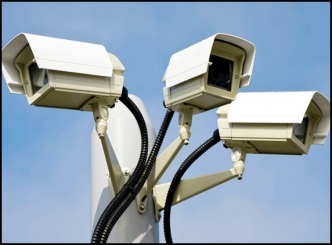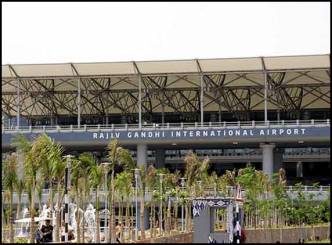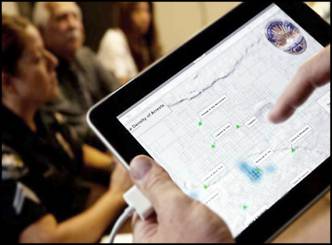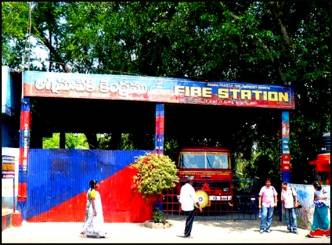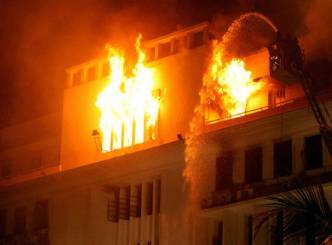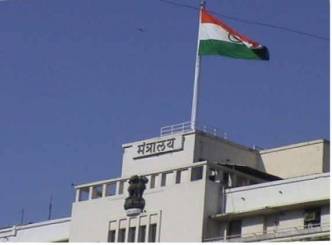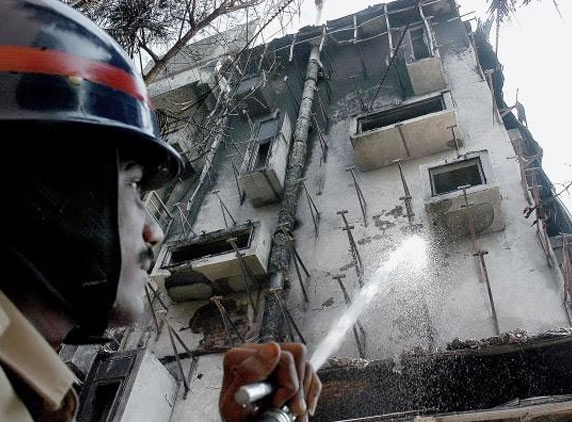
The government has come out with separate set of building regulations for hospitals in high-rises restricting them to 15 floors or 60 metres height, with each floor of four metres. New setback rules too have been issued for such buildings, depending on the height of the building.
These fresh fire safety rules were issued to facilitate effective fire-fighting operations and to prevent fire from spreading to adjacent buildings during a mishap. All these buildings have to be built of mandatory fire resistant material from the walls, columns, beams, doors, etc., which can withstand fire for one to three hours.
Smoke partition walls
There would be no relaxation in open spaces even when road widening is taken up and abutting road on any side shall not be considered as open space for the purpose. Elevator lobbies on every floor are to be enclosed by smoke partition walls with a minimum fire resistance rating of an hour.
This elaborate list of guidelines was prepared by the JNTU on being commissioned by the GHMC and the government. A fresh set of rules became imperative when the Fire and Emergency Services Department received two applications for hospital building of more than 15 floors.
The National Building Code (NBC) has specified that buildings above 30 metres height are not to be permitted for educational, residential, assembly and mercantile occupancies.
The department had then sought the government help for a new set of rules on a par with the multiplex guidelines following the international standards of design, construction and operational management.
In the new rules, two exits for each floor and two exits from each smoke compartment with doors leading directly to the outside of the building, stairs, smoke-proof enclosures, ramps, exit passageways and horizontal exits have been listed.
Emergency power systems and standby power branch circuits along with all the automatic fire protection systems such as automatic sprinkler system, portable extinguishers, hose reels, yard hydrants and wet standpipes, fire pumps and water supply tanks, are mandatory.
Besides, fire detection and alarm systems, separate safety measures are necessary for dealing with flammable liquids, heating equipment and water heaters of the kitchen, laundry and oxygen nitrous oxide storage.
Fire command centre, fire department communication system, risk management report, inbuilt fire station, safety plan, building evacuation supervisor and fire drills were also listed.






